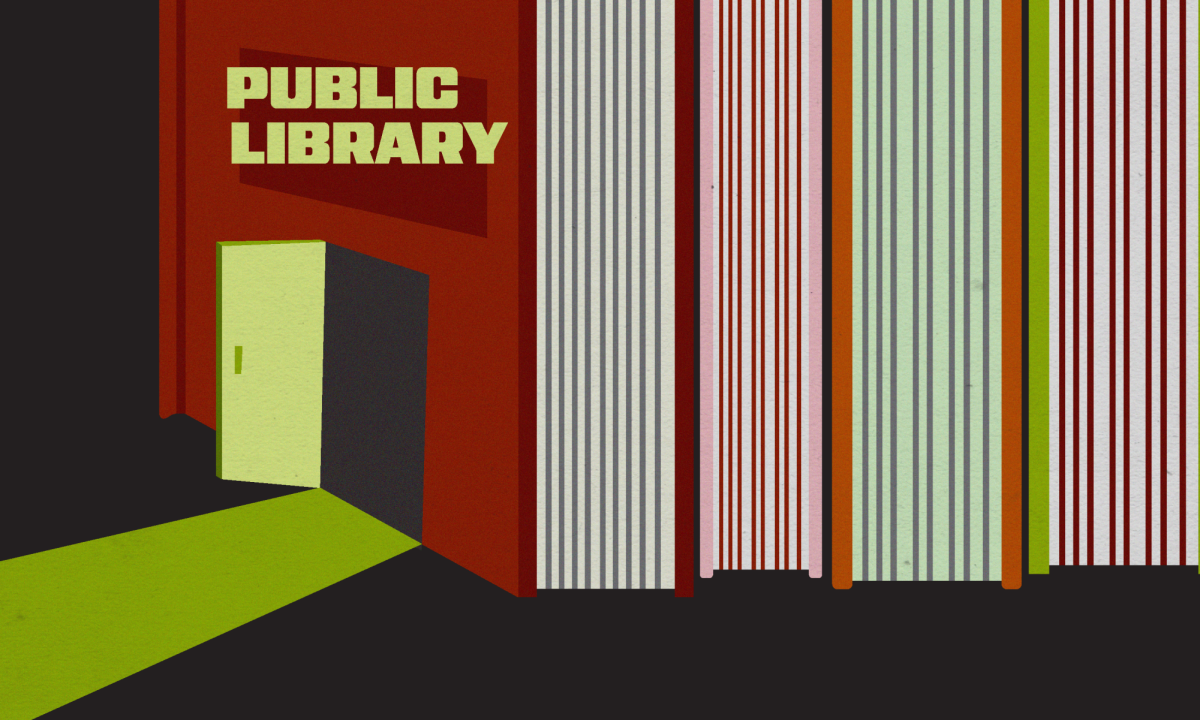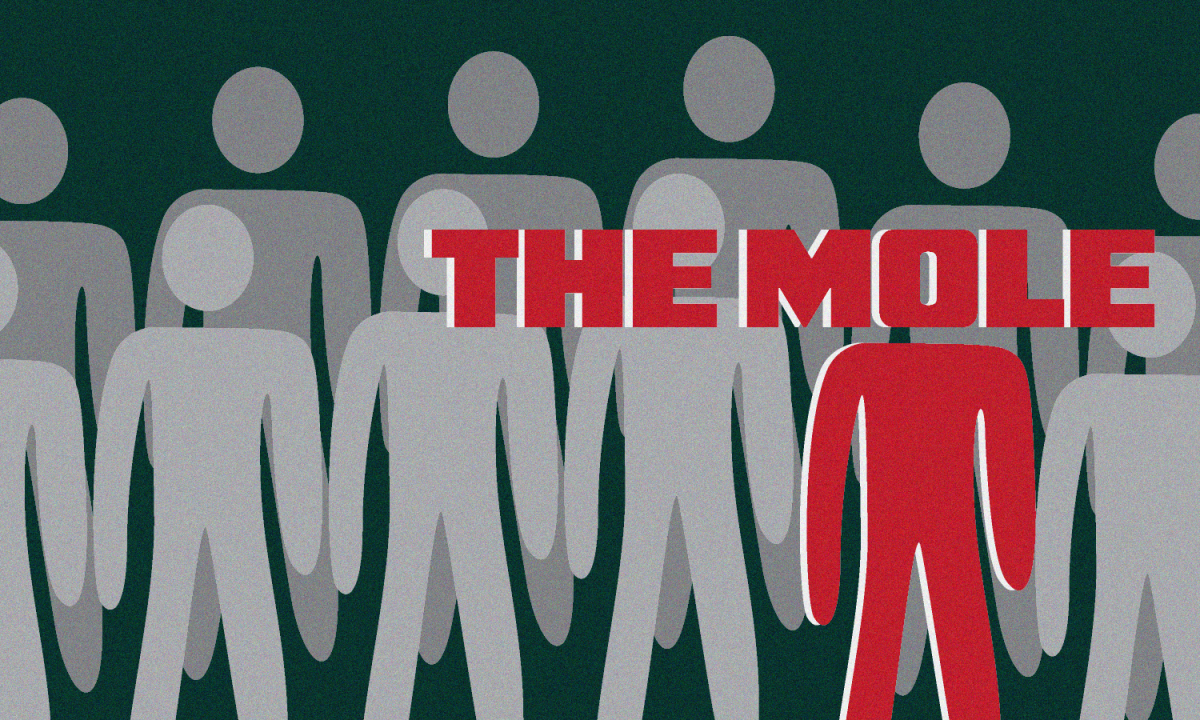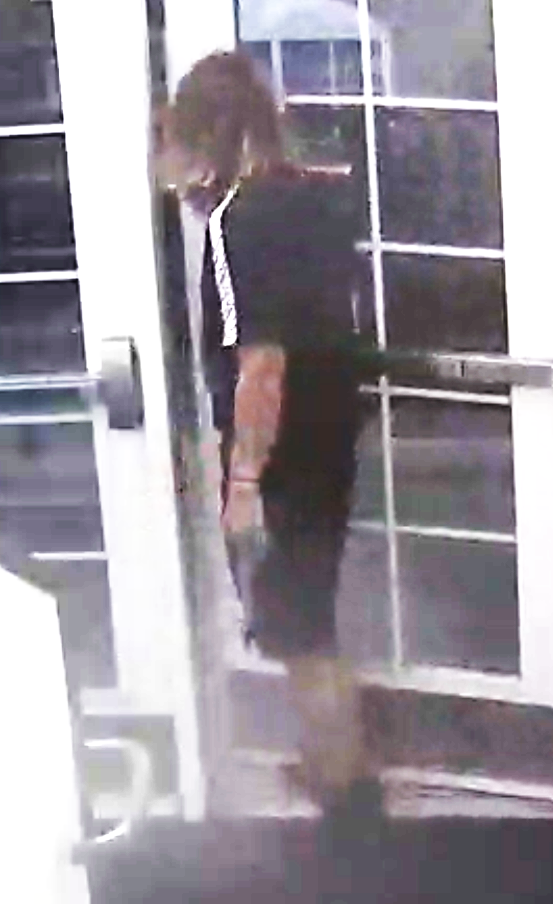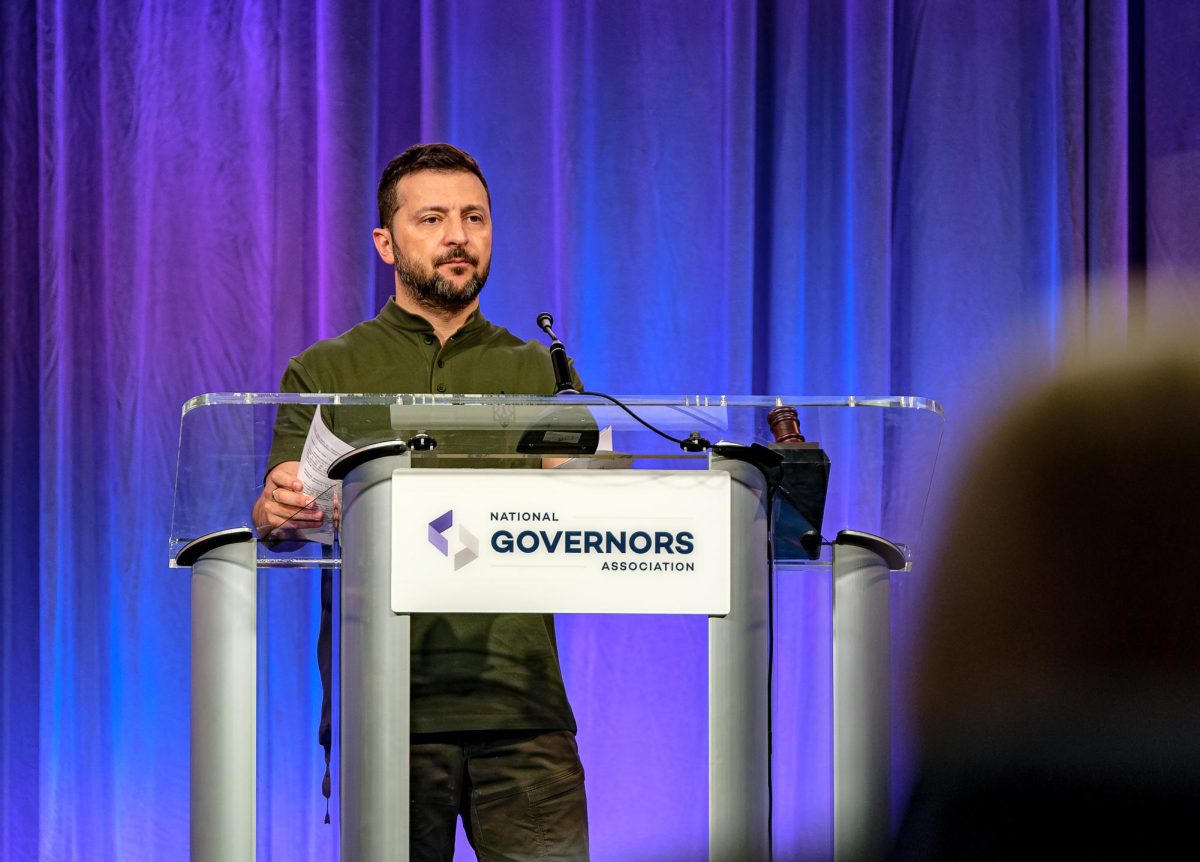New research has discovered that Alzheimer’s disease might be reversible, which would save the memories of millions of Americans.
Some theories suggest that toxins in the brain are largely responsible for Alzheimer’s disease, but approaching it as a disorder might be the key to finally fighting back in an efficient way. The U is hosting a lecture from Dale Bredesen, an Alzheimer’s disease researcher, who put the theory into practice8212;with positive results.
Bredesen, the research’s principle investigator and founding CEO of the Buck Institute for Age Research, presented his findings Tuesday night at the Utah Museum of Fine Arts auditorium and again this morning at the U Clinical Neurosciences Center.
“Since there is still not a truly effective therapy for Alzheimer’s, it is critical that alternative models be explored and their tenets and implications confirmed or refuted,” Bredesen said in a statement.
Bredesen’s research focuses more on Alzheimer’s disease as being a nerve-signaling disorder, rather than a toxicity disease from damaged sticky plaques that collect in the brain, which is the present theory. Bredesen’s lab focused its studies on a neuron-aiding protein that naturally occurs in the brain, which guides its nerves and helps them survive. Their research is meant to prove previous theories that predict harmful proteins as a sole cause for Alzheimer’s disease to be false and show that it’s an imbalance between the harmful protein and the neuron-aiding protein that’s responsible for the disease.
According to his research, the harmful protein bonds with the neuron-aiding protein where the neurons connect, causing them to disconnect or connect improperly.
But when Bredesen swung the balance more in the neuron-aiding protein’s favor, the war for people’s memories found a small victory. He injected the neuron-aiding protein into his lab mice. When the mice with the gene for Alzheimer’s were given the neuron-aiding protein, the disease’s symptoms were reversed. The harmful sticky plaque’s presence in the brain was also reduced.
The discovery could eventually lead to a new approach to treating Alzheimer’s disease.
Other studies have already begun to determine that the neuron-aiding protein fights the disease, Bredesen said.
Researchers have written more than 500,000 papers on the toxicity disease theory being the cause of Alzheimer’s disease, according to a U Health Sciences statement.
“Research in this area may ultimately lead to new insights into other neurodegenerative diseases, such as Parkinson’s and (Lou Gehrig’s disease),” Bredesen said.
Bredesen’s Buck Institute received a $1.6 million grant in July from the National Institute of Health to help fund the research his lab does on Alzheimer’s disease.
There are 5.2 million Americans with the disease, and the number is expected to grow as more Americans age.









